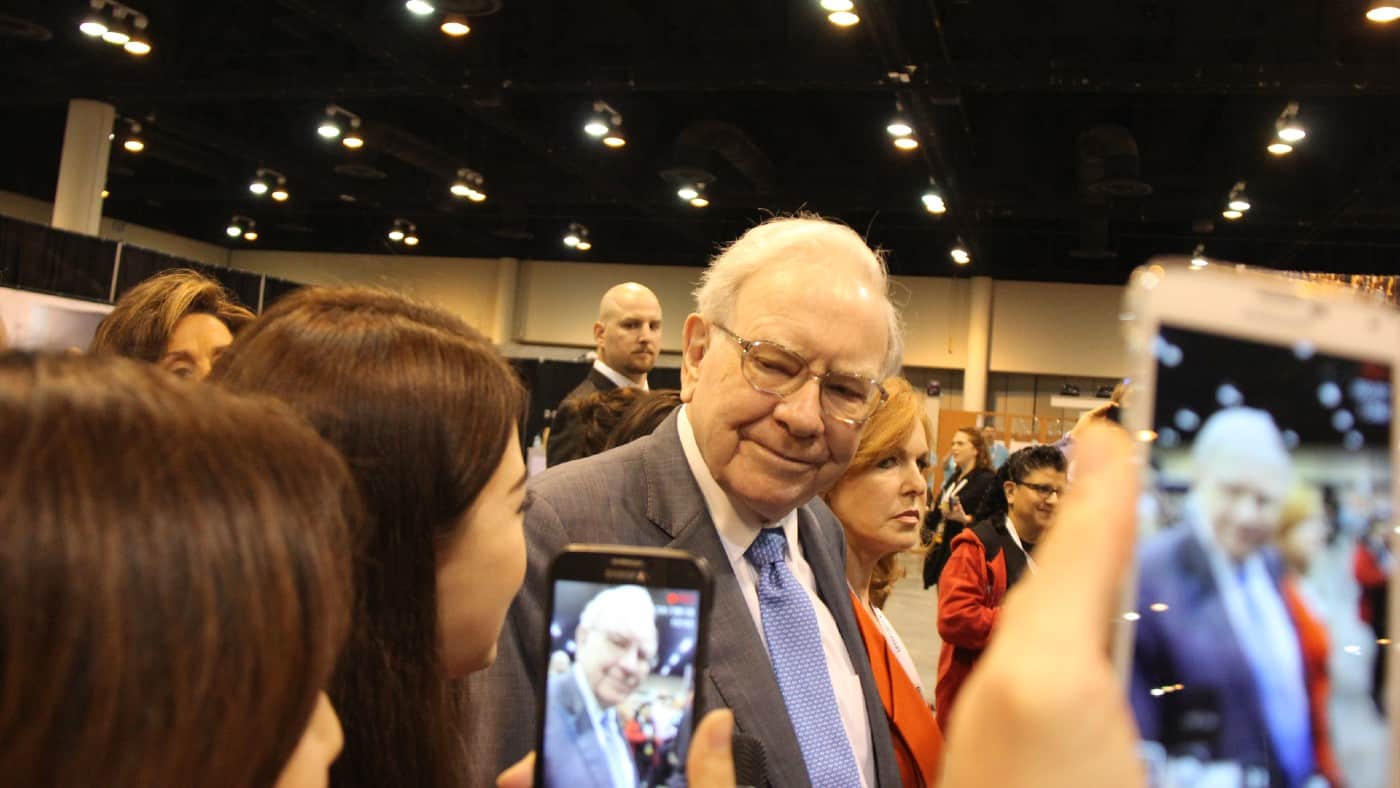It’s never too late to start an investing journey, and even those aged 40 with little-to-no savings can still build meaningful wealth by heeding the lessons of Warren Buffett.
After all, the billionaire has outperformed the stock market average by almost double since the 1960s. And those able to follow in his footsteps can turn even a modest sum into a substantial pension pot.
So what are the golden rules behind Buffett’s success? And how can everyday investors use them to bolster their own portfolio returns?
The secret sauce
In every investment decision Buffett’s made, he’s always had one objective in mind: “Rule number one, never lose money. Rule number two, never forget rule number one”.
While this may sound obvious, executing it isn’t exactly straightforward. In fact, there are multiple positions within his holding company Berkshire Hathaway’s (NYSE:BRK.B) portfolio currently in the red. Kraft Heinz is down 55%, based on its average buying price. Paramount Global has fallen 65%, and Liberty Latin America has dropped by a staggering 82%!
In other words, despite his expertise, Buffett has made mistakes over the years. And he’s even described his original investment in Berkshire Hathaway when it was still a textiles business as “the dumbest stock I ever bought”.
Yet, in spite of these errors, his other investments have more than made up for it. And a lot of this boils down to simply holding on when times were tough.
One of the largest positions in the Berkshire portfolio today is Coca-Cola. And while it’s one of the largest soft drink companies in the world today, that wasn’t always the case, with its shares dropping by double-digits and crashing on multiple occasions before reaching its current industry-leading status.
Investors who were spooked by short-term challenges ended up selling off a business primed to become a long-term titan. And by doing so, they locked in their losses, breaking one of Buffett’s major golden rules.
Knowing when to sell
With the ‘Oracle of Ohmaha’ almost always taking a long-term approach to his investments, he won’t allocate capital unless he’s happy to have it locked up for decades. This means short-term volatility and market risk have smaller weightings on decision-making, with investments determined almost entirely by the quality of the underlying business.
However, blindly holding underperforming companies can also be a major mistake. Companies thriving today won’t necessarily retain their leading status forever. Changes in strategy, long-term potential, or even financial health can compromise an investment thesis. And in these situations, it’s often better to bite the bullet.
In the case of Berkshire Hathaway, stocks like IBM, ExxonMobile, and Freddie Mac are some examples of when he decided to make an early exit even at a potential loss. Or, as Buffett puts it, “when your original thesis no longer applies, get out”.
Of course, there is a bit of a cheat code investors can use to benefit from Warren Buffett’s expertise. As a publically traded company, it’s possible to buy shares in Berkshire Hathaway, immediately receiving indirect exposure to the companies inside its portfolio as well as any potential future returns.
This obviously comes with unavoidable market risk and volatility. But considering the benefit of having Buffett in my corner, it’s a strategy that’s worth considering, in my opinion.







